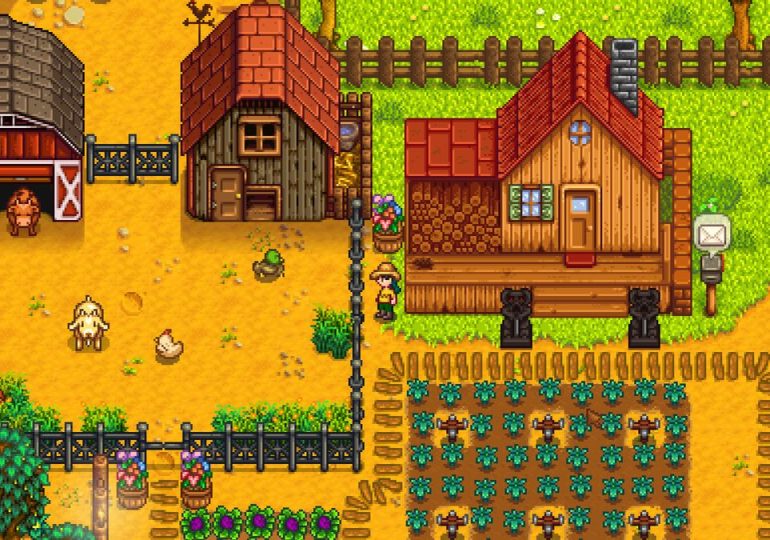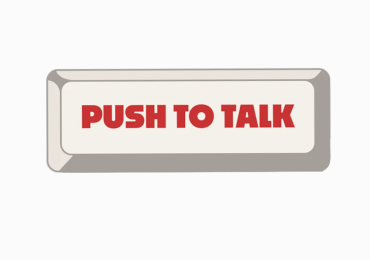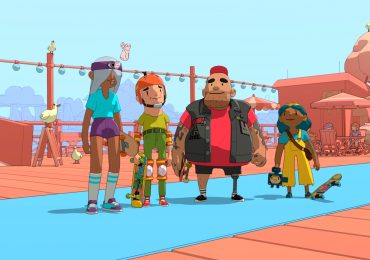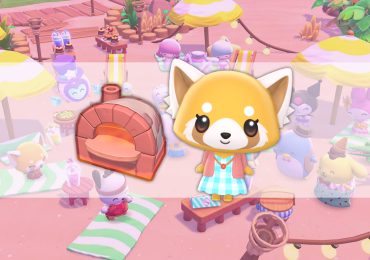When I got the chance to review Stardew Valley for Polygon in 2016, I had no idea how huge it would become. What I found during my review period was a quiet, succinct, and engrossing game about doing chores, which didn’t feel all that genre-defining. It was a great game, and over the years I would get it on two additional platforms (Nintendo Switch and mobile), but I didn’t look at it as a “game of the decade” contender.
Turns out, people really like doing chores.
It’s always tough to tell when a game is going to cross the desired line between generally great and generationally influential. Sometimes a game is too niche to find a large audience, even if it’s a masterpiece, or maybe it doesn’t age well. It’s occasionally easy to tell when a game will be considered a “game of the decade” contender at release — usually if it comes from a legacy studio and wins a ton of awards — and that wasn’t Stardew Valley, at least at first.
Eight years later, the game, created by solo dev Eric “ConcernedApe” Barone about moving to a small rural town and starting a farm, has become a global phenomenon. It’s sold over 30 million copies, it’s been released on PC, mobile, Nintendo Switch, and consoles, and it basically kicked off the whole “cozy games” genre that’s still flourishing today. It’s also received six major updates, with the most recent, 1.6, adding new events, new dialogue, and a new farm type and fleshing out the endgame. Over eight years later, Stardew Valley is still thriving, and doesn’t show any signs of slowing down.
All of this is despite how it easily could’ve vanished under the glut of giant AAA adventures and seemingly more mainstream experiences. After all, at the time of its release, the farming and crafting sim genre was mostly relegated to Nintendo systems, with franchises like Animal Crossing and Harvest Moon, or to highly accurate PC simulators, like the Farming Simulator series. Nobody was making a game where you just grow crops and talk to people. Even worse, while Stardew Valley came out in February — earlier than most major releases in 2016 — that year was a truly excellent year for games, and Stardew had to compete with some of late-2015’s releases, including Fallout 4, Halo 5, and Undertale. It still landed on the Steam’s bestsellers chart shortly after release.
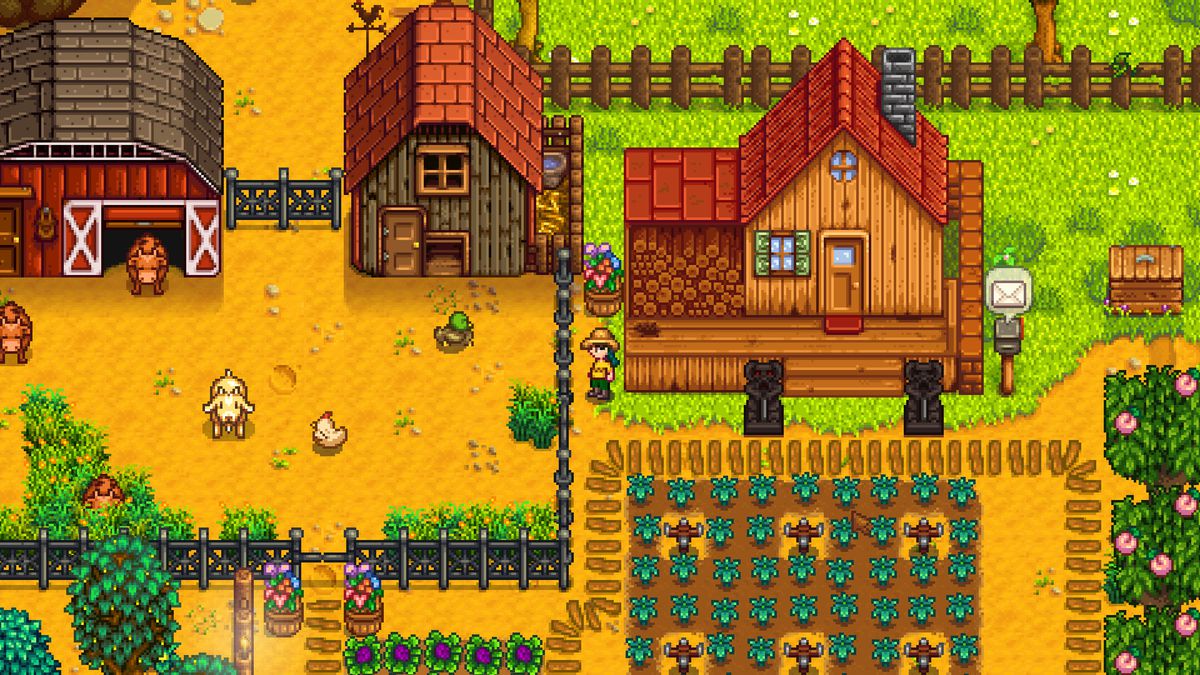
I and many others went on to sink hundreds of hours into Stardew Valley — growing crops, romancing NPCs regardless of gender (a rarity in games like this at the time), smashing rocks for treasure, and uncovering all of the game’s many secrets. That’s a lot to do, which makes hitting triple-digit hour counts easy. However, what separated Stardew from the pack is that all of these tasks satisfyingly mesh with each other. You’re tasked with bringing your grandfather’s old farm back to its former glory, so you grow crops. You then sell those crops to the town or give them as gifts to locals. You can also use them to craft food, which you can use for energy while mining for ore, which you can then turn into tools for farming. (Oh, and you can fish, too.) It’s a deceptively tight game loop that ensures everything you do matters if you want to reach the goal the game sets out for you. And there’s just enough room if you want to play around elsewhere.
It’s difficult to keep what you plan on doing each in-game day straight, which is why I took to making to-do lists early on. Go to the mines today; be sure to buy seeds tomorrow; don’t forget the mayor’s birthday. Then there’s all the other stuff you have to remember: Which of the villagers likes flowers and which ones like fish? Where will they be at specific times of the day? What time of year can you catch anchovies? What does the community center need again? There’s a lot to remember, which makes the simple gameplay immediately more challenging, but not in a way that feels unfair or unnecessary.
That’s how Stardew Valley tapped into the key to its success: player satisfaction. The multitude of tasks can get overwhelming, but each feels good to complete and check off the ol’ list. Plus, in the game’s world, you feel like you’re contributing to the world around you. As you build up your farm and build relationships with NPCs, Pelican Town improves; the citizens become happier and you open up more areas to explore. You also rebuild the community center, which brings joy to the magical creatures who live nearby.
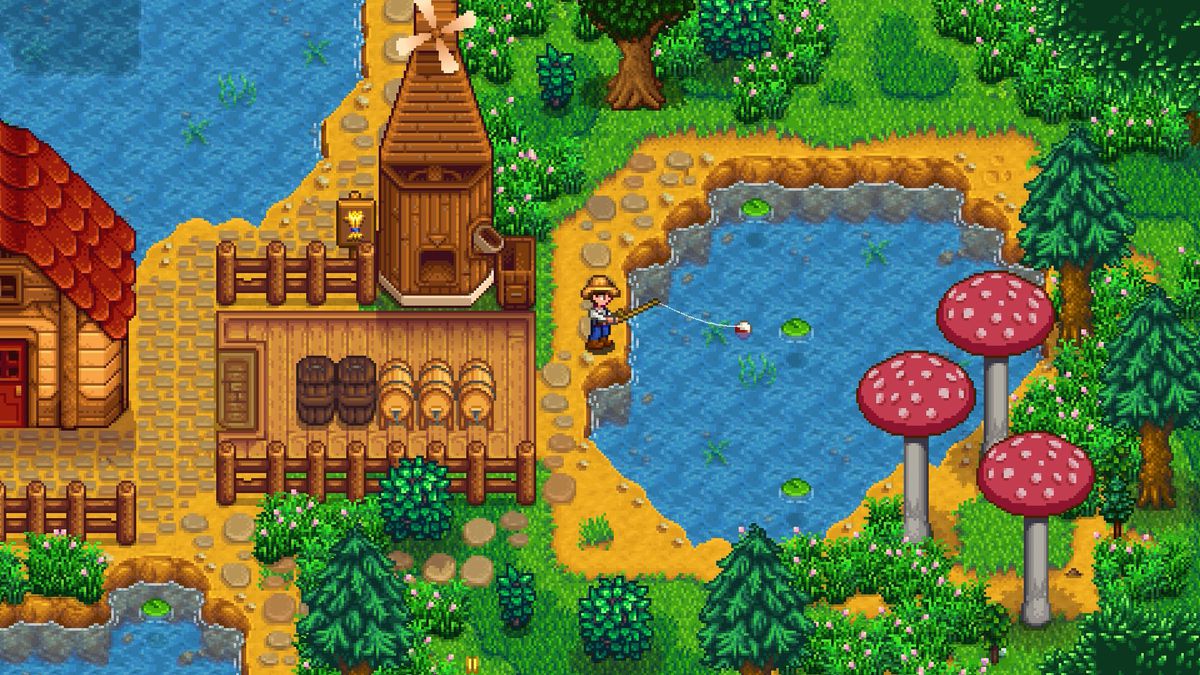
People often say that video games are about living out fantasies, and that’s partially true, at least in the case of Stardew Valley. When I first played it in 2016, I was a freelancer working seven days a week, living in a small apartment with a bunch of roommates in an increasingly pricey city. There was no such thing as life outside of work to me, which is why a constant thought ran through my head: What if I just moved to the middle of nowhere and started a farm? It’s a preposterous dream, but when I entered the world of Stardew Valley, it allowed me to live out that fantasy, at least for a little while. The game gives its players a sense of purpose, with a world where your work has both immediate and lasting effects.
“[Job simulators] remove the worst of the uncertainty, helplessness, ambiguity, and consequences for failure that come with those real world jobs and turn them into game systems that are interesting and fun to interact with,” wrote psychologist Jamie Madigan in a post on The Psychology of Video Games in 2017. “They give players clear goals, unambiguous feedback, winnable challenges, and predictable rewards. All things that most jobs sadly don’t consistently provide.”
And that has never changed, even though Barone has added more and more to Stardew over the years. To-do lists still feel satisfying to complete, and the game loop never feels unwieldy. Each part of the game has received additions, too. There are more farm types to choose at the start, more areas to unlock and explore. This is especially important with the endgame, and with the updates, you can play for so much longer with one farm.
The game has gotten more fantastic, with more magic, creatures, and supernatural events. But Stardew has always had a little magic, and your goal still feels grounded. It’s always been about building a new life for yourself outside the confines of modern life and capitalism, and that’s what it still offers. Your character had a boring office job, got the chance to take over their grandfather’s farm, and abandoned their previous life for literally greener pastures, and that has never changed.
